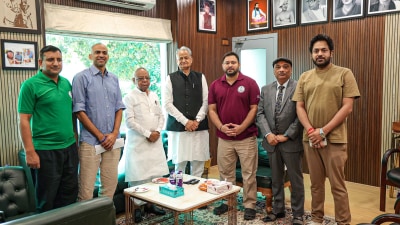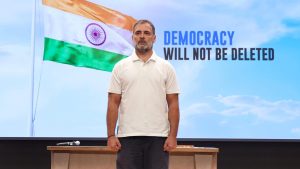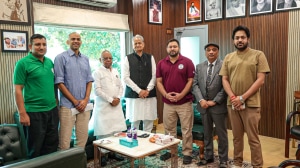Watch the Birdie
They both involve hitting a ball a fair distance, but similarities between cricket and golf end there. Especially when it comes to running t...

They both involve hitting a ball a fair distance, but similarities between cricket and golf end there. Especially when it comes to running the sport: the BCCI could do well to look at golf administration in India, if only to get a scaled-down model of the ideal scenario. When the Professional Golfers’ Association of India was set up in 1995, one of the first things it did was delegate commercial rights of Indian golf to a private organisation — Tiger Sports Marketing.
It’s a strategy other sports bodies have tried, but none with such success. TSM effectively runs the tour, taking care of sponsorships, publicity, eventing, liaising with the stars — all by professionals in the business.
‘‘Everything is standardised’’, says TSM’s Joy Chakraborty. ‘‘Tournaments are organised professionally, there is no overlapping, and all interests are looked after.’’
The PGAI, of course, still holds veto powers: They can overrule any decision taken by TSM. But unlike, say, the BCCI, the two organisations work side-by-side. And though the PGAI retains the overall authority, their equivalent of Dalmiya (currently Arvind Khanna) doesn’t have to play a role in every bit of functioning.
Where this partnership has succeeded stunningly is in money-generation. The PGAI’s second president was Hero Honda Motors’ Pawan Munjal, bringing in money from his company. The PGAI Tour, or the Hero Honda Golf Tour as it is now called, is the only organised tour in all of South Asia. It comprises about 25 tournaments spread across India, Nepal and Bangladesh, offering prize money of Rs 2.5 crores. Not resting on laurels, the PGAI is still looking to improve the game in India, including academies and more public playing facilities.






- 01
- 02
- 03
- 04
- 05

























